We were lucky to catch up with Daniel Gaviani recently and have shared our conversation below.
Daniel, thanks for taking the time to share your stories with us today We’d love to hear about a project that you’ve worked on that’s meant a lot to you.
The Art of Letting Go, a two-person exhibition I co-led at Atlantic Works Gallery, remains one of the most meaningful projects I’ve ever been part of. Coinciding with Mental Health Awareness Month, the show invited people into an emotional space—not just to view, but to participate. By creating a special installation, guests were encouraged to write down something they needed to release and leave it behind – to be later lit on fire as a sign of release and transformation.
Other work included a series of large-scale paintings that I had developed over several months and years—intuitive, abstract works layered with organic shapes, dense textures, and bursts of color, as well as small drawings created with Sharpie markers. Each piece reflected my personal process of stress therapy and transformation, and together they created a space where viewers felt immersed in something raw and real. This was my first ever two-person show, a goal I had been working on for many years – to see it all come together and have the community participate was extremely meaningful and encouraging, especially as I set my eyes towards my first solo exhibition.
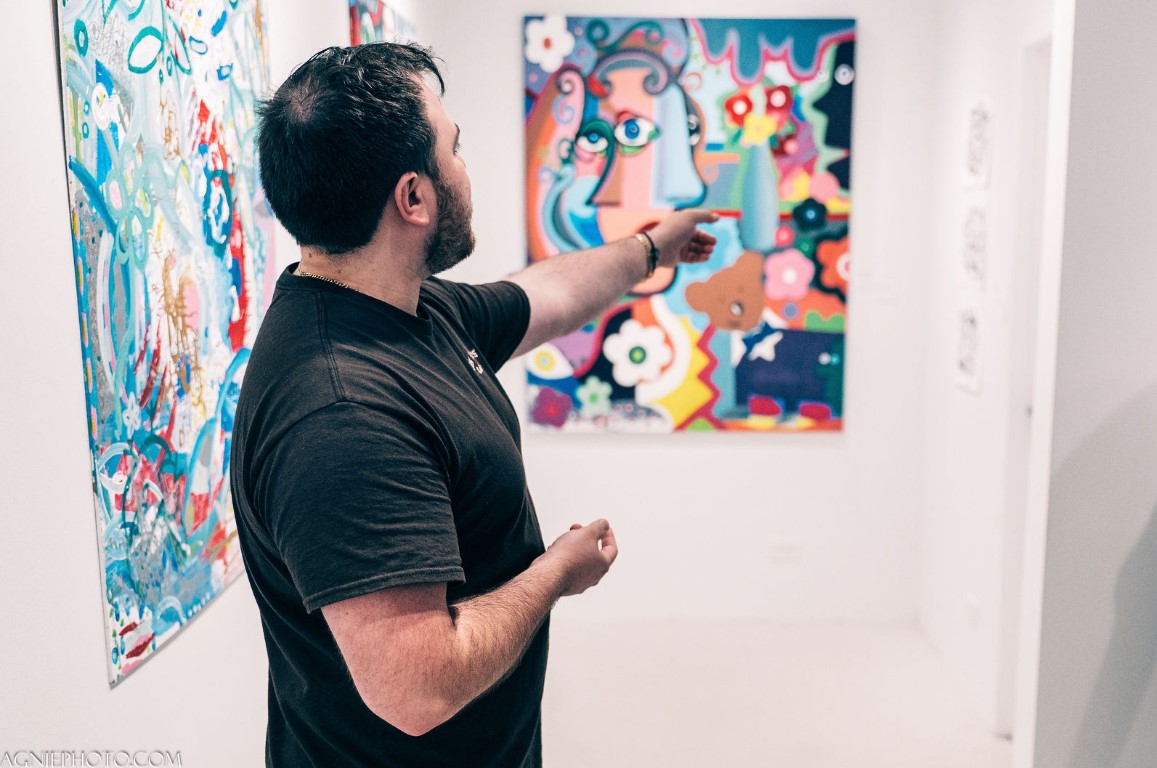
Awesome – so before we get into the rest of our questions, can you briefly introduce yourself to our readers.
I’m Daniel Gaviani, an American visual artist based in Quincy, Massachusetts. My work spans painting and installation, often incorporating acrylic paint or recycled materials to explore themes like mental health, identity, and spiritual healing. I didn’t come through a traditional art school path—my practice started as a personal outlet and evolved into a way of connecting with others.
My paintings are vivid, textured, and emotionally driven, using organic shapes, pointillism, and layered abstraction. I also create immersive installations—like A Step in Their Shoes?, which used worn, donated shoes to trace the journey of displaced people. Whether I’m working on canvas or in space, I want viewers to feel something real and I want to create works that are large (large in size, larger than life, etc.)
What sets my work apart is its intention. I’m not making art to impress—my practice is to reach people and start conversations. I’m most proud when someone tells me a piece made them pause, reflect, or feel seen. For those interested in discovering my work, you can follow me at @gaviani.gallery for a small taste – but note that I keep the good stuff for my exhibits in gallery spaces!

How can we best help foster a strong, supportive environment for artists and creatives?
Start by purchasing art by living artists! If that is too lofty of a goal, then you can still support artists by attending gallery openings and asking questions or becoming involved. Believe me, it goes a long way to feel supported by the community. If you do already attend galleries and the work doesn’t always speak to you, I’d suggest asking yourself some opening questions as to why you think that is. Try to view the work in a different headspace and make an attempt to interact with it in a new light, I guarantee you will unlock something new in the work and you will enjoy yourself.
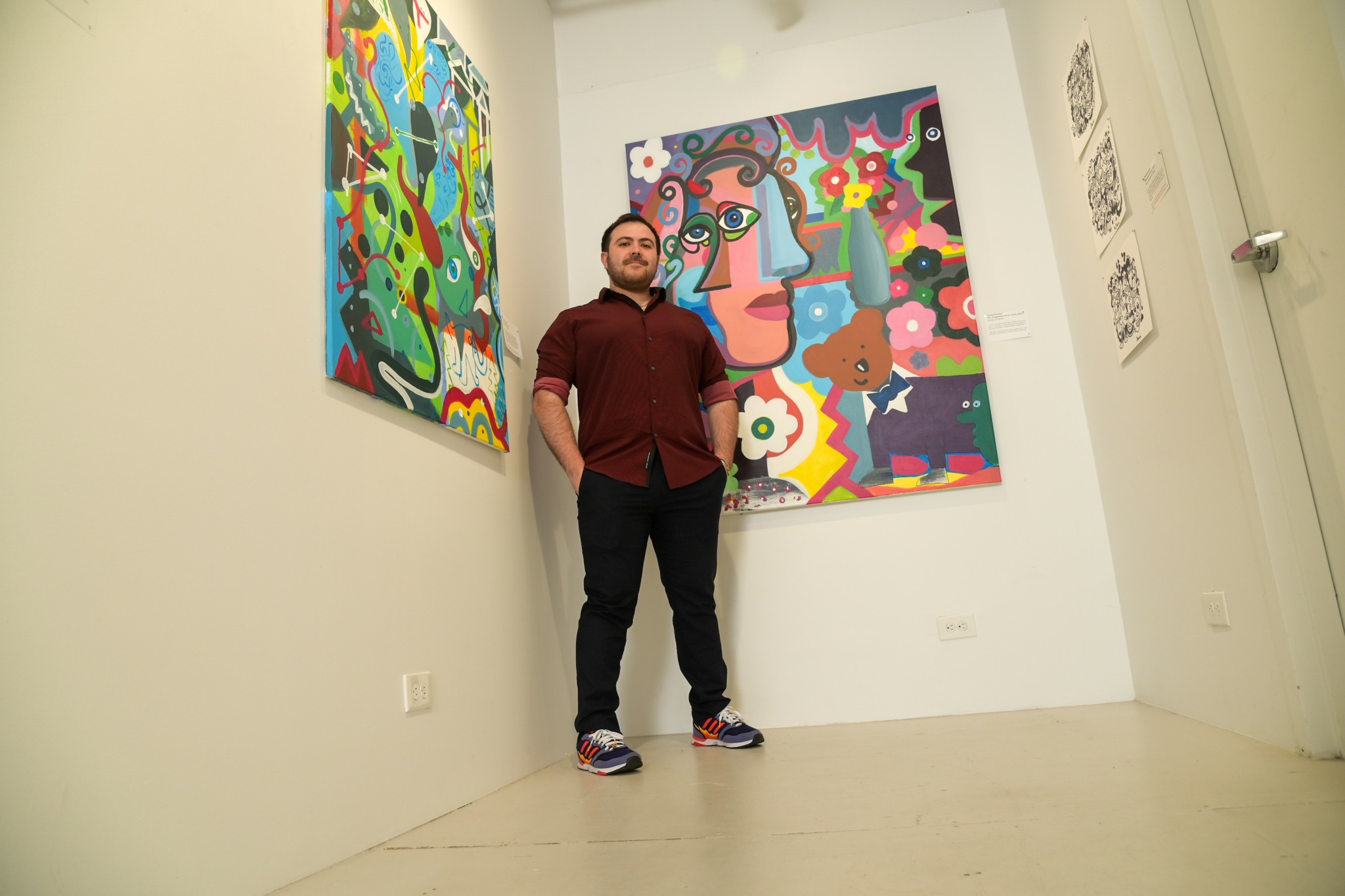
Any resources you can share with us that might be helpful to other creatives?
My recommendation is to view galleries as resources available to you rather than roadblocks. It is very easy to become frightened about gallery spaces when you are first starting out, but it is imperative to get rid of that fear, Learn how to approach these galleries and join artistic communities. Treat everything as a learning opportunity. The more you interact with these spaces and communities, the more you will be able to carve your own authentic path forward. I wish I had this advise years ago, but I am happy to have discovered it on my own in my own time.
Contact Info:
- Website: https://www.gavianiworks.com
- Instagram: @gaviani.gallery
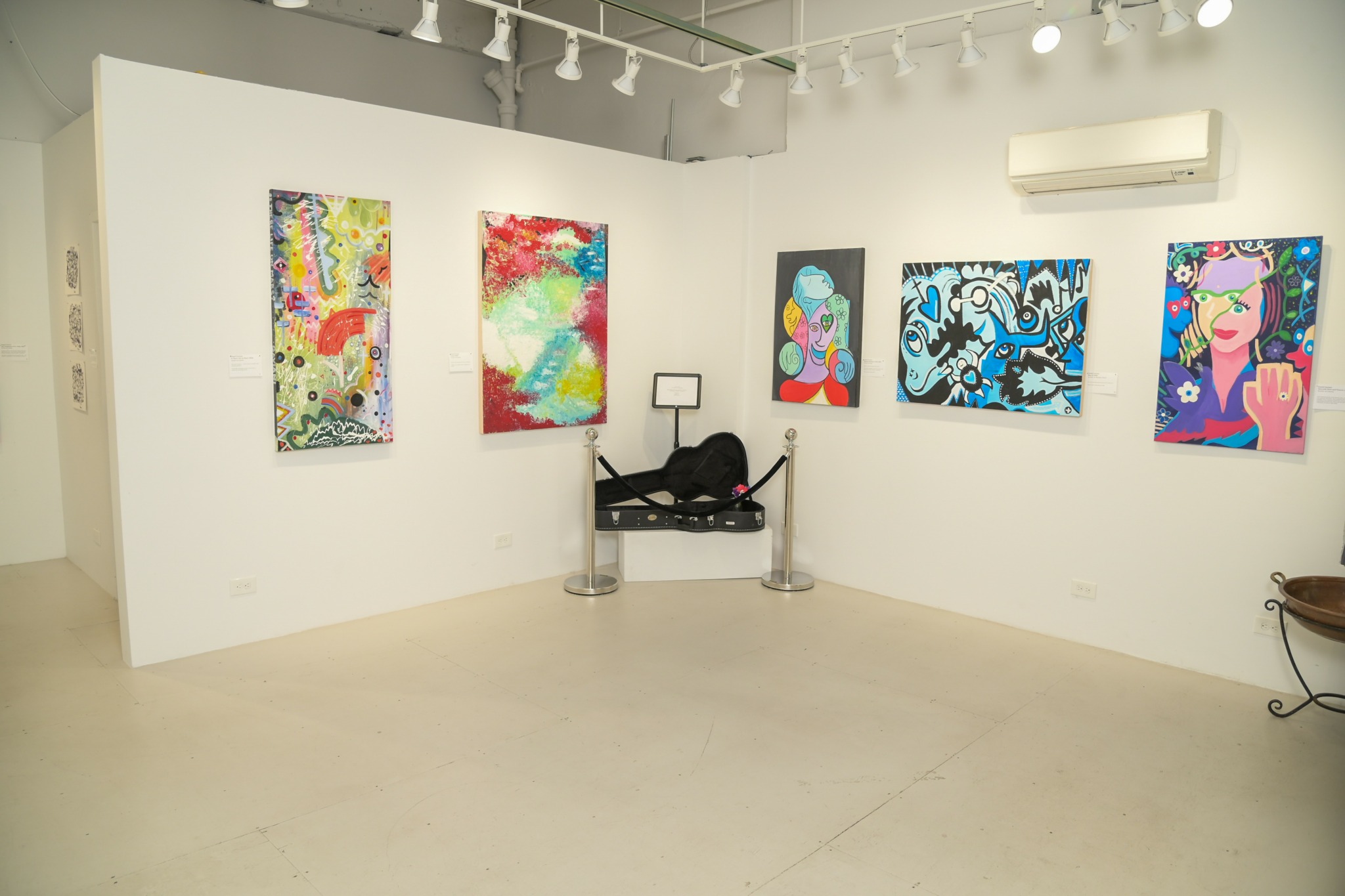
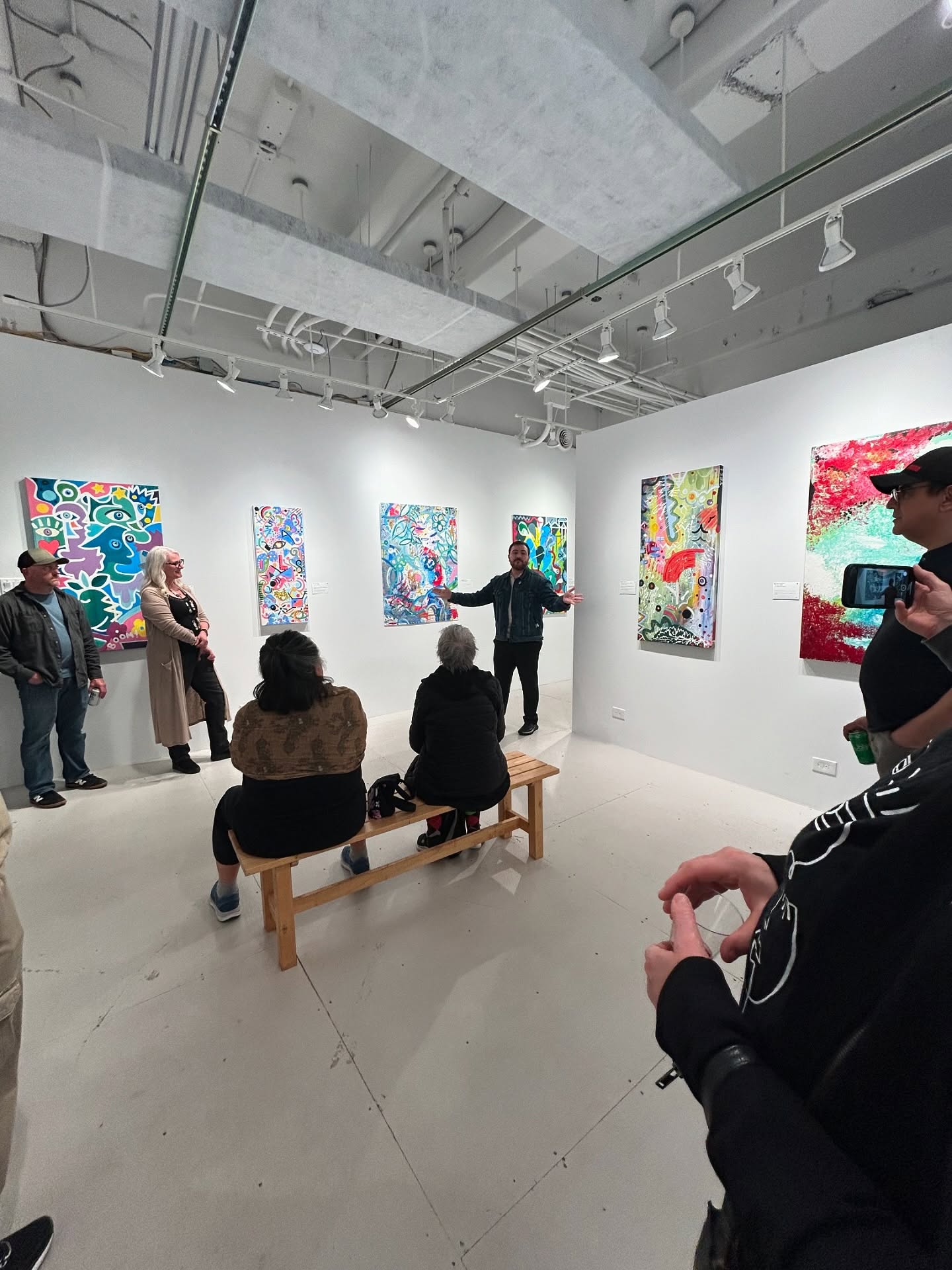
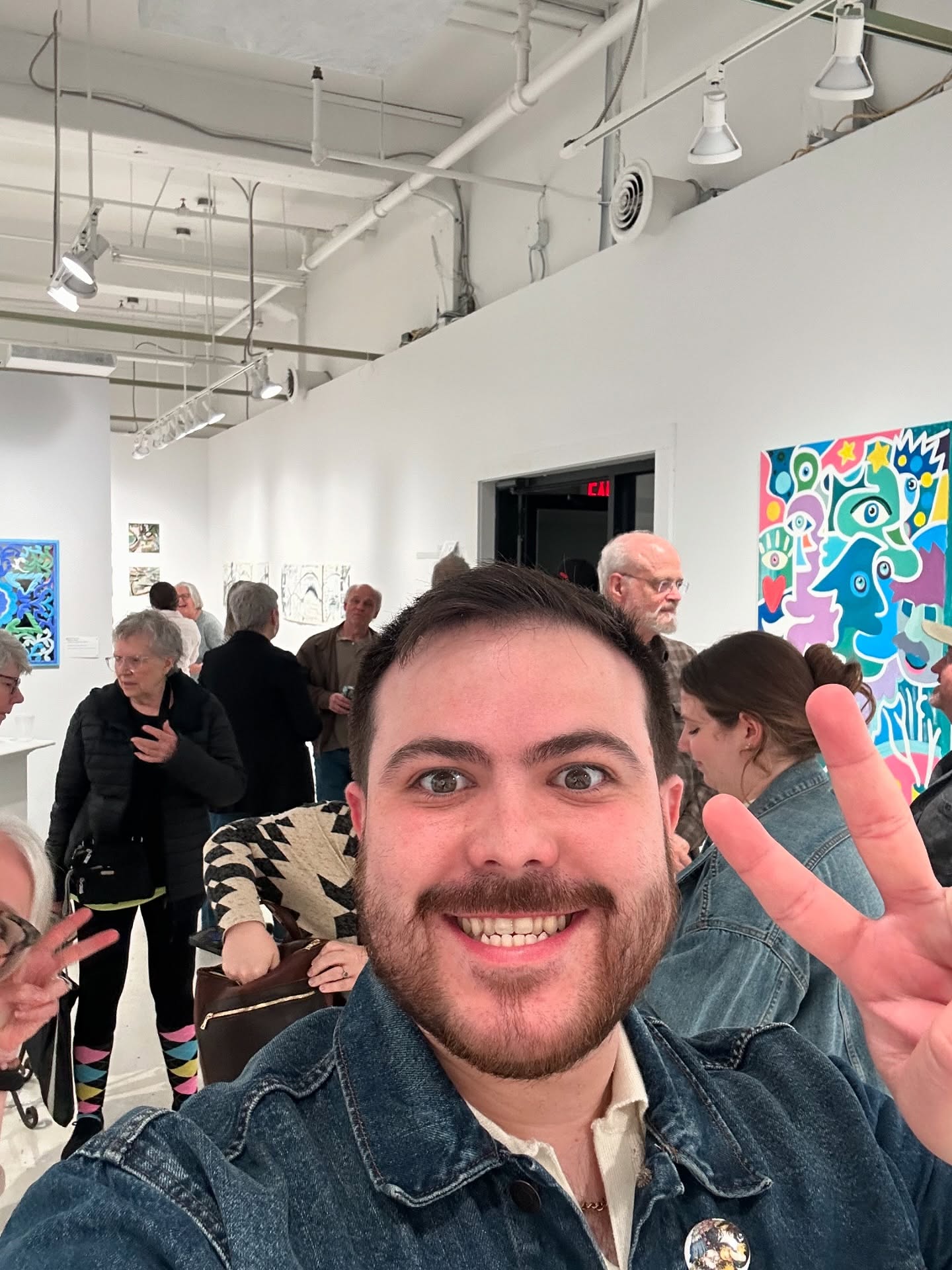
Image Credits
Agnieszka Rytych-Foster
Eric Hess


